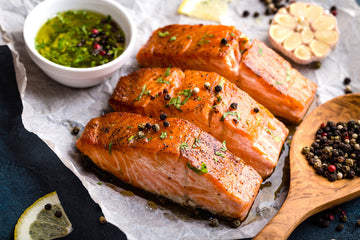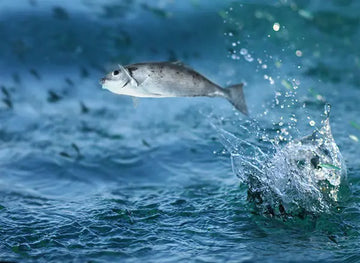Understanding Fish Decay: The Science Behind It 🐟
Introduction
Fish spoilage is a natural process that occurs after fish are harvested. It involves various biochemical and microbial changes that affect the quality, taste, and safety of fish. Understanding these processes is crucial for consumers, fishermen, and anyone involved in the seafood industry.
Factors Influencing Fish Decay
Several factors contribute to fish spoilage:
- Microbial Activity 🦠
- Bacteria: Bacteria are the primary culprits behind fish spoilage. They break down proteins, lipids, and carbohydrates, leading to off-putting odors and flavors.
- Enzymes: Enzymes naturally present in fish tissues become active after harvest. They catalyze reactions that degrade proteins and fats.
- Chemical Changes 🧪
- Autolysis: Autolysis occurs when fish enzymes break down their own tissues. This process releases peptides and free amino acids, contributing to spoilage.
- Proteolysis: Proteolysis involves the breakdown of proteins into smaller peptides and amino acids. It’s responsible for the softening of fish muscle.
- Environmental Factors 🌡️
- Temperature: Warm temperatures accelerate microbial growth and enzymatic activity, hastening spoilage.
- Oxygen: Oxygen exposure promotes oxidation and lipid degradation.
- Moisture: High humidity encourages bacterial growth.
To prevent fish spoilage, consider the following preservation methods:
- Chilling and Freezing ❄️
- Chilling: Keeping fish at low temperatures (around 32°F or 0°C) slows down microbial activity. Refrigeration is essential for maintaining freshness.
- Freezing: Freezing fish at temperatures below -4°F (-20°C) inhibits bacterial growth. However, freezing can affect texture and flavor.
- Vacuum Packaging and Modified Atmosphere Packaging (MAP) 📦🌏
- Vacuum Packaging: Removing air from fish packaging slows down spoilage.
- MAP: In MAP, the package contains a specific gas mixture (usually nitrogen and carbon dioxide) that extends shelf life.
Fish decay is a natural phenomenon, but understanding its underlying science empowers us to make informed choices. By adopting proper preservation techniques, we can enjoy fresh, safe, and delicious seafood. So, next time you savor that grilled fish, remember the intricate processes that keep it from spoiling! 🍽️🌊





